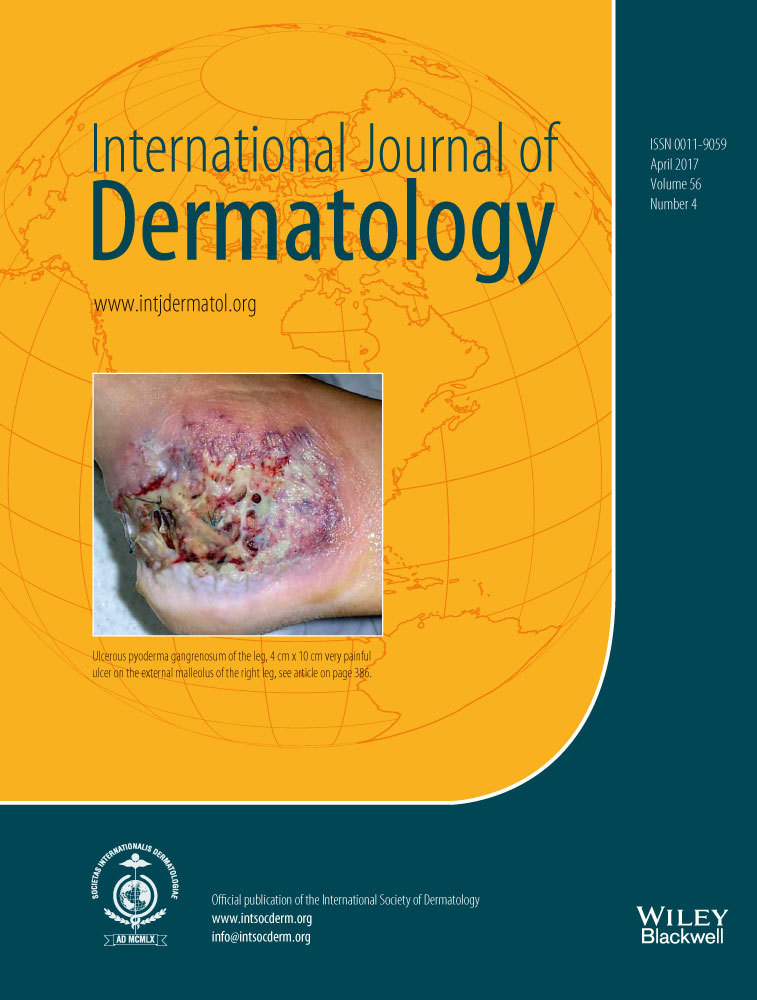Digital mucous cyst: surgical closure technique based on self-grafting using skin overlying the lesion
Abstract
Background
Digital mucous cysts or myxoid cysts are relatively common, benign pseudocysts of the digits typically located at the distal interphalangeal joints or in the proximal nail fold. There are several therapeutic modalities for its treatment ranging from conservative to surgical procedures; however, there is no consensus about the best approach.
Material and methods
We describe a surgical technique based on the excision of the digital mucous cyst and reconstruction using a self-grafting from the overlying skin lesion.
Results
The use of the cyst's overlying skin as a partial cutaneous graft followed by a long-term Brown's dressing, in this case, provided a satisfactory functional and esthetic result.
Conclusions
This technique is a new option for the reconstruction of digital mucous cyst defects that decreases the surgical time and avoids a graft removal of healthy skin and consequently a new scar.




